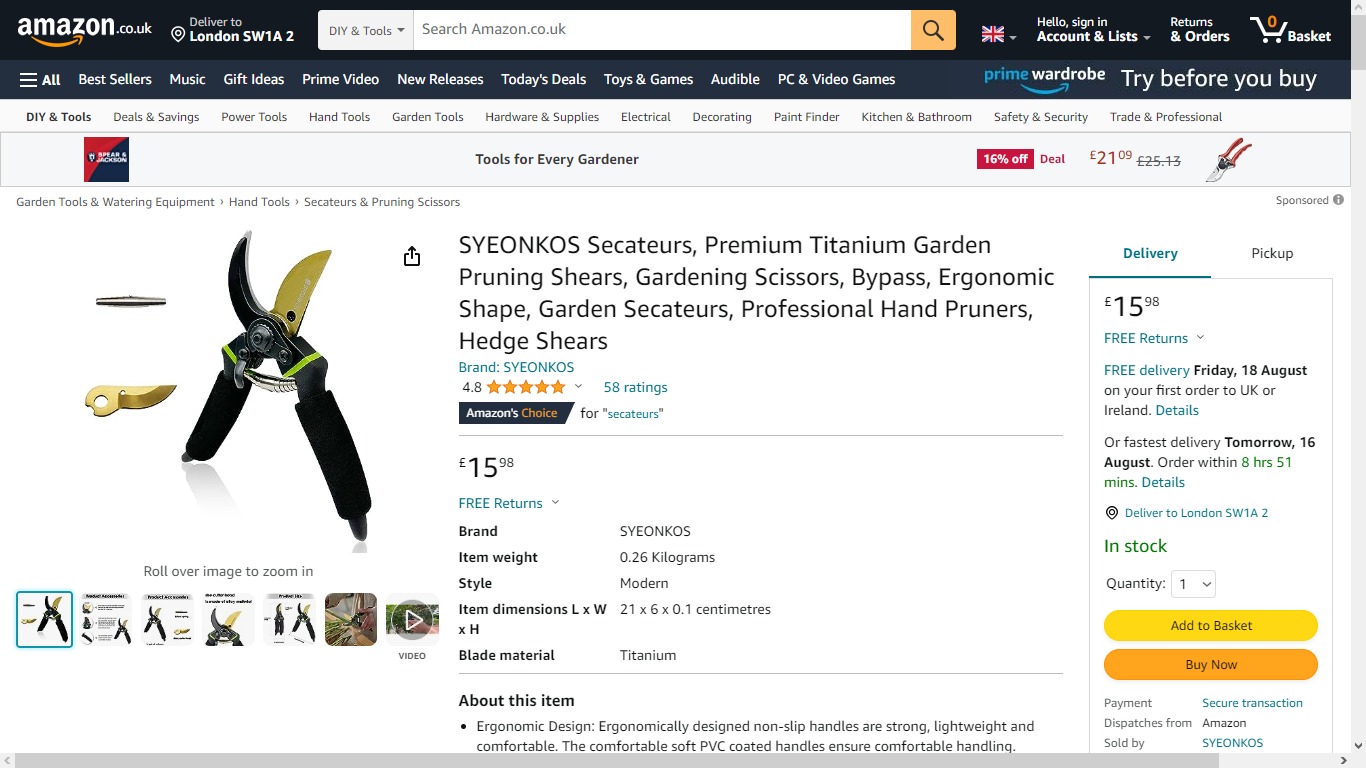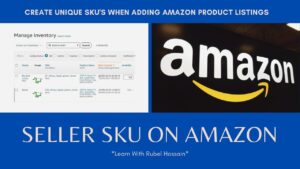Amazon FBA (Fulfillment by Amazon) has become a popular way for entrepreneurs to start their own e-commerce businesses. To succeed in this venture, it’s crucial to conduct thorough product research to find profitable and viable products to sell on Amazon. Here’s a blueprint for conducting effective Amazon FBA product research:
1. Niche Selection:
- Start by identifying product categories or niches that interest you or that you have some knowledge about. Passion or expertise can be beneficial in the long run.
- Use Amazon's Best Sellers, Movers & Shakers, and Hot New Releases sections to get a sense of what's currently popular.
- Use keyword research tools like Jungle Scout, Helium 10, or AMZScout to identify high-demand and low-competition keywords within your chosen niche.
- Look for keywords with a decent search volume and relatively low competition to find product opportunities.
3. Competitor Analysis:
- Identify top competitors within your chosen niche.
- Study their product listings, images, titles, bullet points, and descriptions.
- Read customer reviews to understand pain points, feature gaps, and potential improvements.
4. Product Criteria:
- Define specific criteria for the type of product you want to sell. Consider factors like size, weight, price range, and potential profit margin.
- Aim for products that are not too bulky or fragile to minimize storage and shipping costs.
- Research potential suppliers on platforms like Alibaba, Global Sources, or Thomasnet.
- Request samples from different suppliers to assess product quality, packaging, and shipping times.
- Consider building a relationship with a few reliable suppliers to ensure a consistent supply chain.
6. Validation
- Before committing to a product, consider creating a small batch or conducting a pre-order campaign to validate demand.
- Use social media, landing pages, or crowdfunding platforms to gauge interest and secure initial orders.
7. Product Differentiation:
- Identify ways to differentiate your product from competitors. This could be through unique features, improved design, bundling, or packaging.
- Differentiation helps reduce direct competition and allows you to command higher prices.
8. Legal and Compliance:
- Ensure your chosen product complies with Amazon's policies and regulations, as well as any legal requirements in your target market.
- Check for trademarks, patents, and copyrights that might affect your ability to sell the product.
9. Profitability Analysis:
- Calculate all costs associated with the product, including manufacturing, shipping, Amazon fees, marketing, and potential returns.
- Aim for a healthy profit margin that accounts for these costs while keeping your product competitive.
- Craft a compelling product title, informative bullet points, and an engaging product description.
- Use high-quality images that showcase your product from multiple angles.
- Incorporate relevant keywords naturally in your listing to improve discoverability.
10.01 Launch Strategy:
- Plan your product launch with promotions and advertising campaigns to generate initial sales and reviews.
- Consider utilizing Amazon's Pay-Per-Click (PPC) advertising to drive targeted traffic to your listing.
10.02 Continual Improvement:
- Continuously monitor sales, customer feedback, and market trends.
- Adapt your strategy based on insights and make improvements to your product and listing as necessary.
Remember that success in the Amazon FBA space requires dedication, ongoing learning, and the ability to adapt to changes in the e-commerce landscape. It’s important to stay informed about Amazon’s policies, algorithm changes, and best practices in order to maintain a competitive edge.



